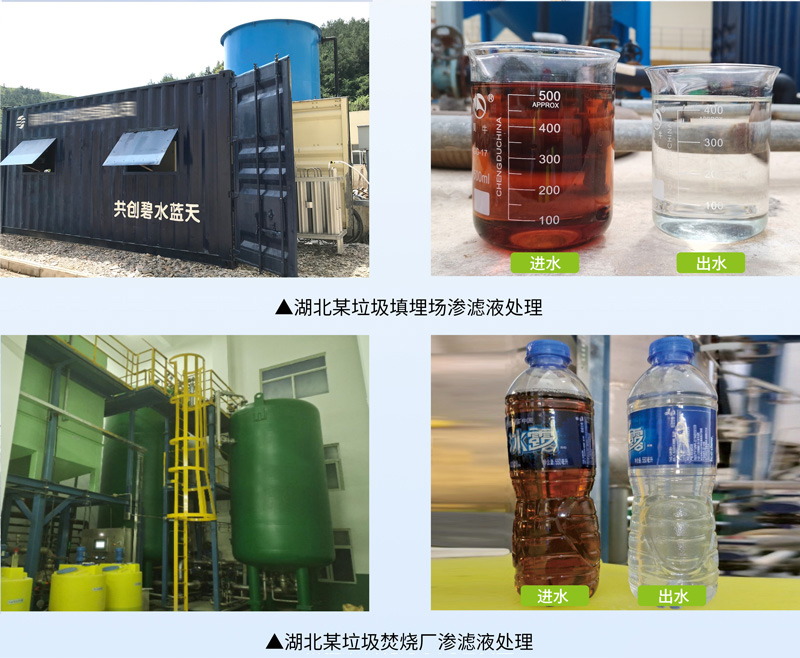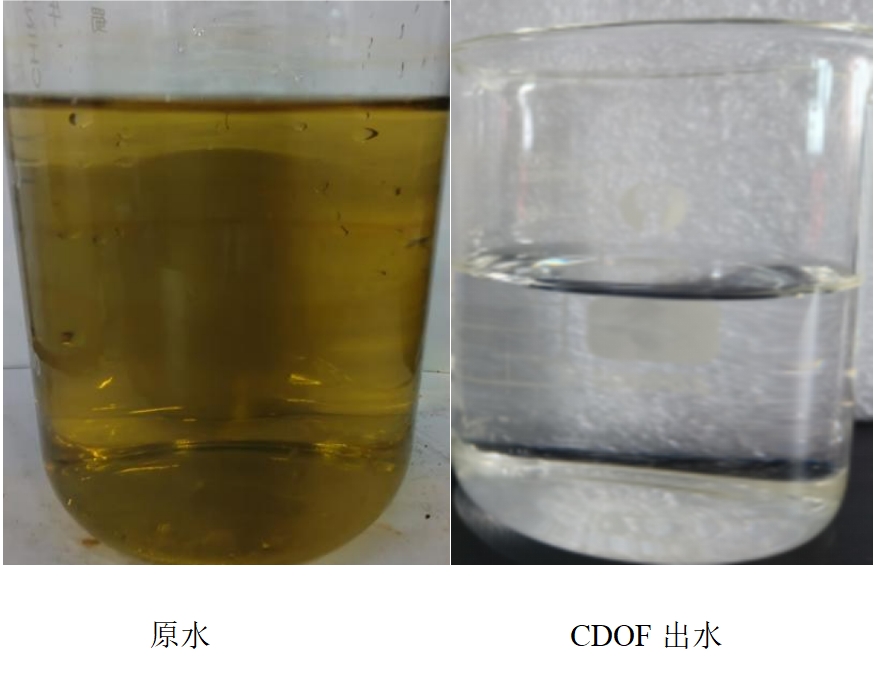New process of RO concentrated water treatment
Reverse osmosis membrane technology as a water treatment process, compared with the traditional water treatment method, reverse osmosis technology has the advantages of economic efficiency, simple operation, no need for additional acid and alkali, small footprint, etc., widely used in seawater and brackish water desalination, pure water preparation and chemical product concentration, recovery and other fields. As the variety of membranes continues to increase, the quality continues to improve, and the equipment continues to improve, in recent years, reverse osmosis technology has been increasingly widely used in urban sewage reuse, industrial wastewater treatment and other fields.
Reverse osmosis is the use of pressure (1 ~ 10MPa) to make the water in the solution through the reverse osmosis membrane, to achieve separation, extraction, purification, concentration and other purposes of the treatment technology, it can not only remove salts and other substances in the ionic state, but also remove organic matter, colloids, bacteria and viruses. The reverse osmosis membrane converts 80% to 85% of the water into clean water, and all the trapped substances are concentrated in the water of 15% to 20% of the water volume, and the concentration of pollutants in the water is about 2 to 3 times the concentration of pollutants in the water. If the concentrated water containing high salinity and high concentration of organic matter is discharged directly without proper treatment, it will not only cause serious waste of water resources, but also bring serious environmental pollution.
The water quality of reverse osmosis concentrated water is mainly related to the inlet water quality. The concentration of conductivity, total dissolved solids and chloride ions in reverse osmosis concentrated water produced by sewage treatment is significantly higher than that of seawater desalination concentrated water. The composition of reverse osmosis concentrated water is dissolved inorganic salt and small molecules soluble refractory organic matter. Organic matter in concentrated water includes non-degradable chemicals in municipal water (e.g. pesticides, personal care products, pharmaceutical products, endocrine disruptors), residues from sewage treatment processes (e.g. dissolved microbial products, some biodegradable organic matter, scale inhibitors, etc.) and biological substances (e.g. bacteria, viruses, oocysts, cell fragments), These are potentially harmful to the environment. The main components of inorganic salts are Cl-, CO32-, HCO3-, SO42-, NO3-, Ca2+, Mg2+, Na+, etc.
In view of the large capacity of reverse osmosis concentrated water treatment, high salt content, based on the zero discharge of concentrated salt water, recyclable resources utilization, the company proposed a new concentrated water treatment technology - ozone advanced catalytic oxidation technology to treat reverse osmosis concentrated water.
The process in the figure is CDOF(Advanced Catalytic oxidation of Ozone), a technology independently developed by Keli. CDOF(Cyclonic Dissolved ozone Flotation unit) creatively combines advanced ozone oxidation technology, swirl technology and dissolved gas flotation technology. To achieve a variety of difficult to treat wastewater efficient comprehensive removal.

CDOF industrial plant application case
Ozone catalytic oxidation process is short, simple equipment, small and compact processing unit, small footprint, less electrical equipment, low power consumption, low operating costs, easy to operate and can be automatically controlled, simplifying the requirements for on-site operation. When the water quantity and quality change, the water quality and quantity can be adjusted, the adaptability is strong, and the impact load resistance is strong. It can be combined with other technologies (such as biochemical method) to give full play to their respective advantages and further improve the treatment effect.
Laboratory a RO concentrated water treatment

Experimental conclusion
When the ozone dosage is 200mg/L, the COD is 53.75mg/L, the COD removal is 180mg/L, and the ozone dosage ratio is 1.11.
